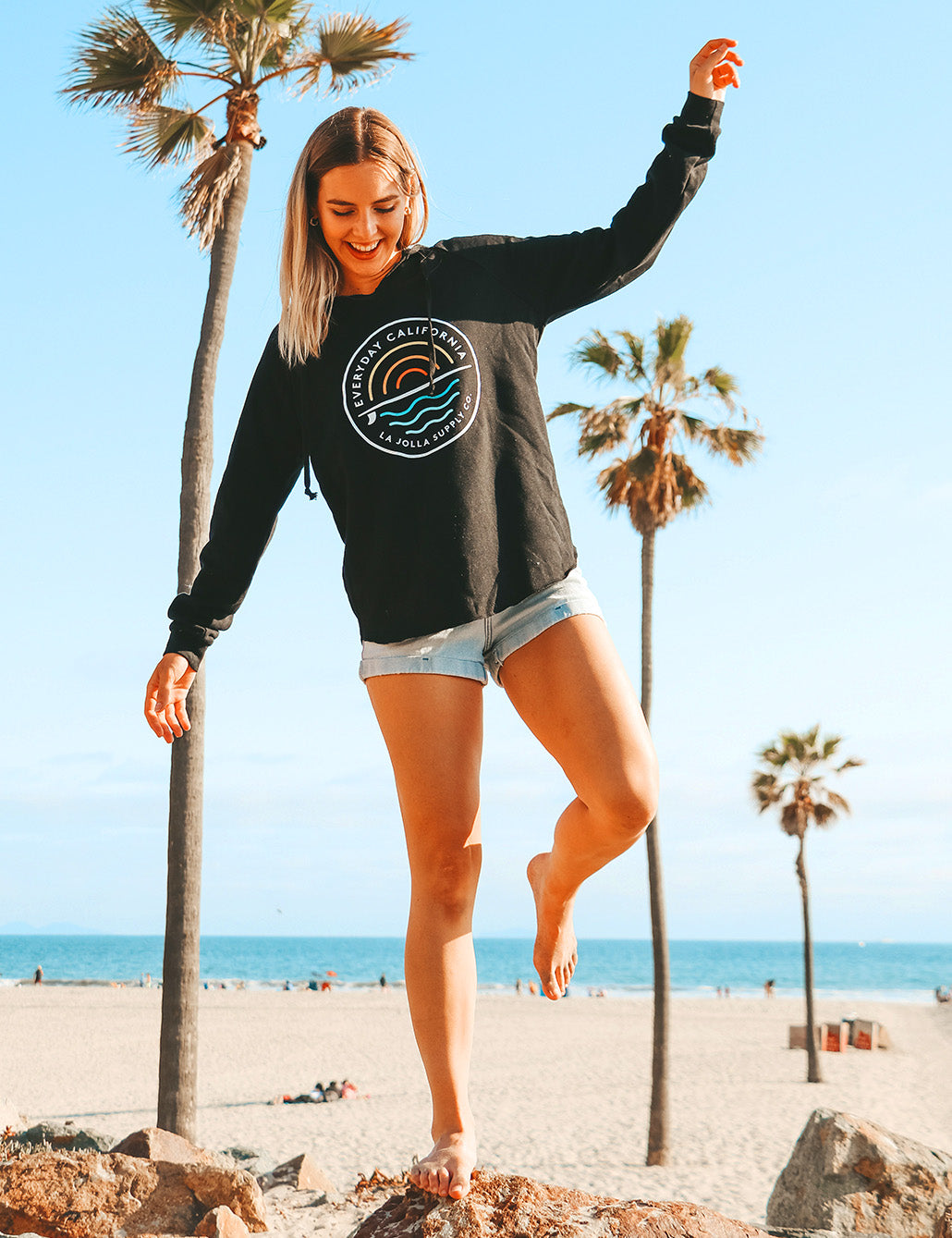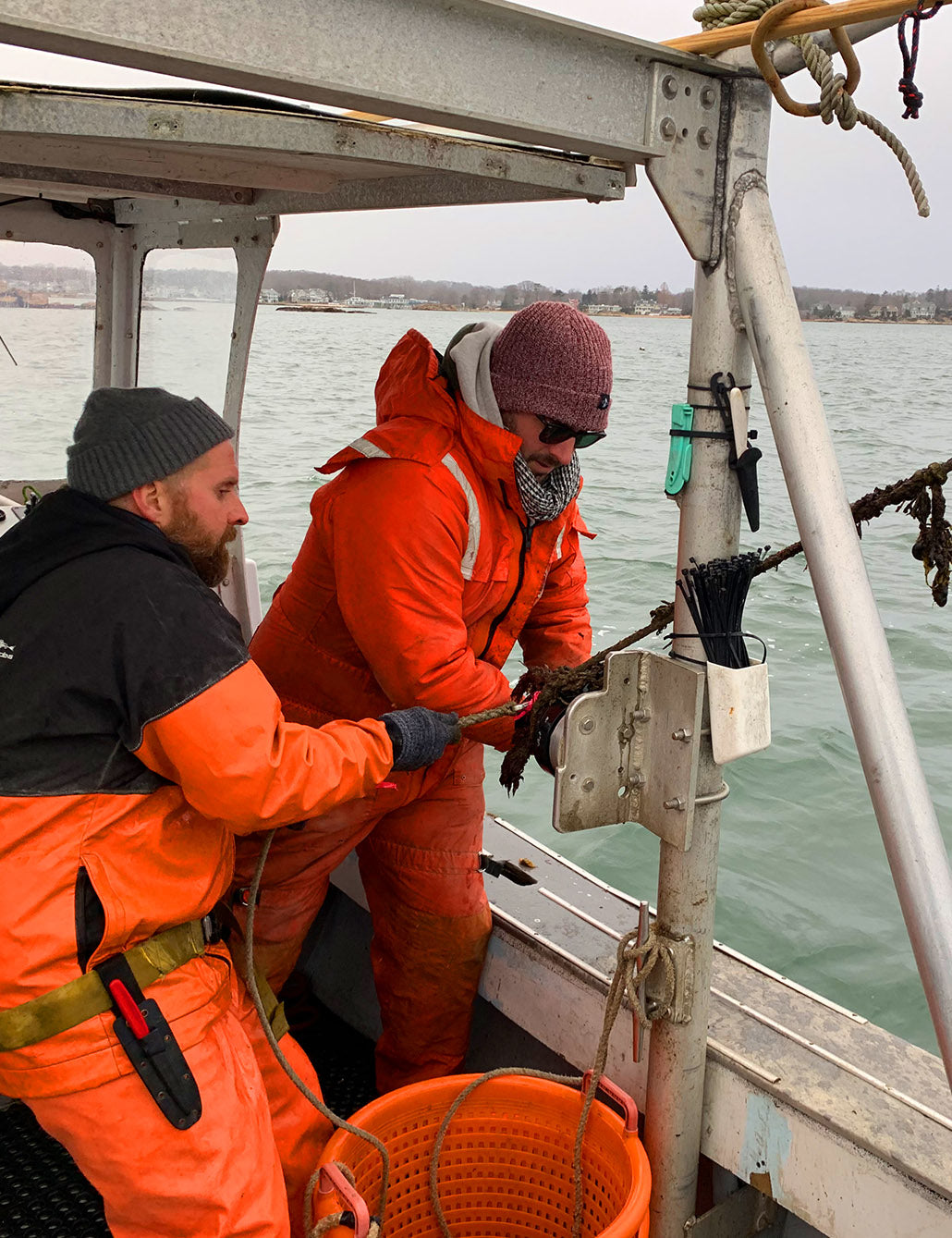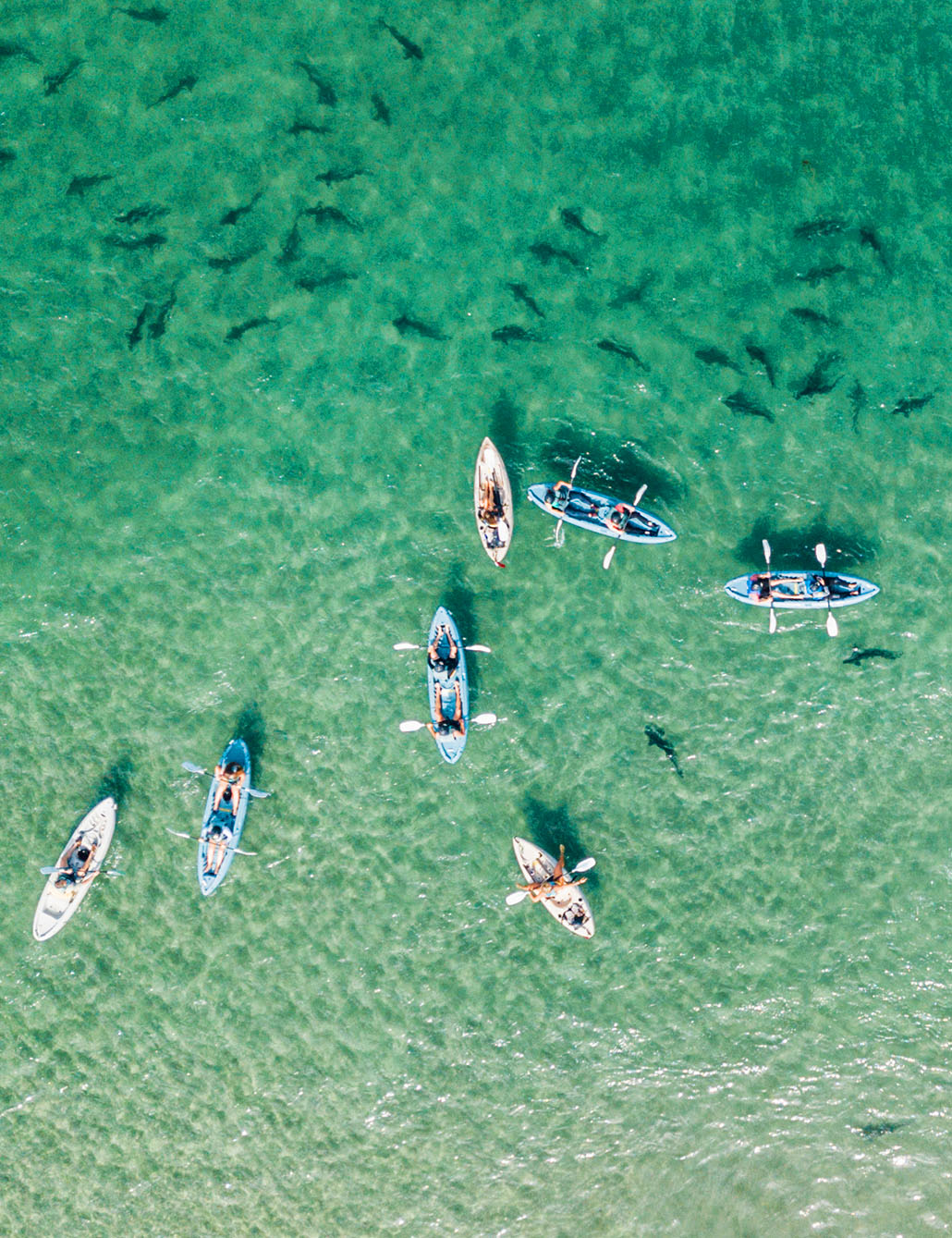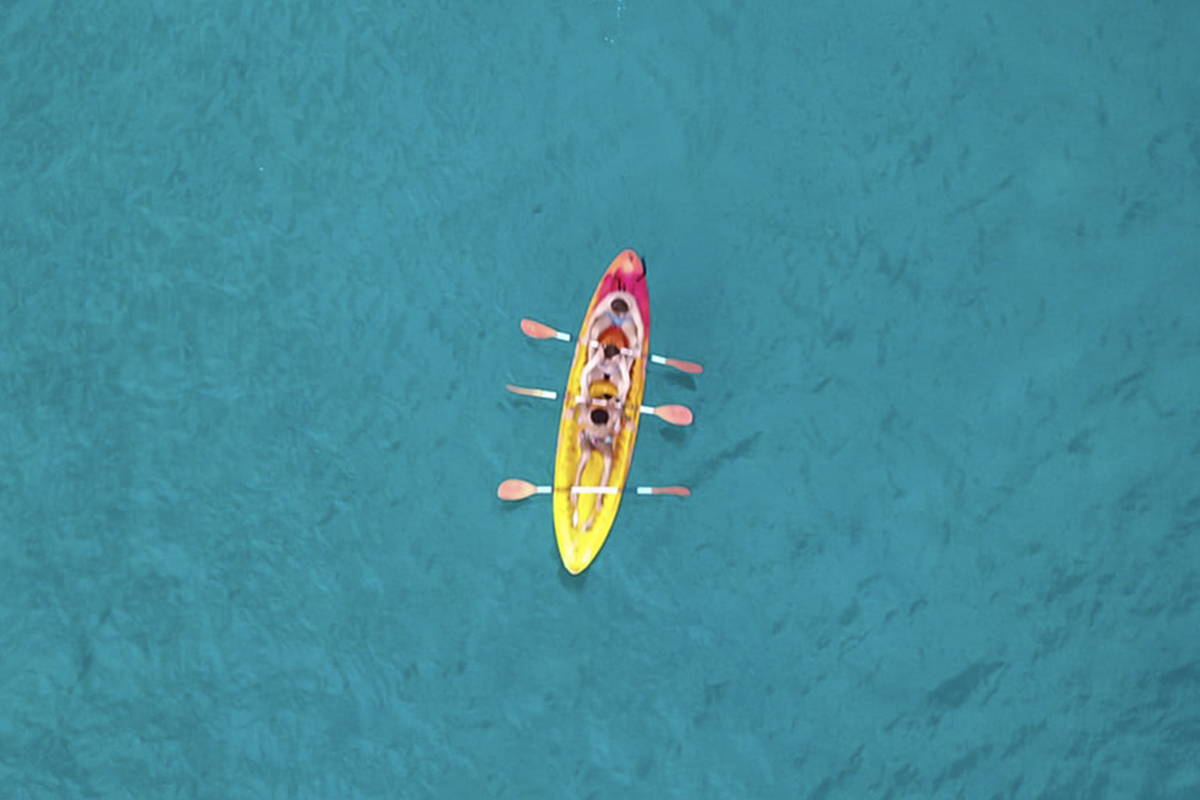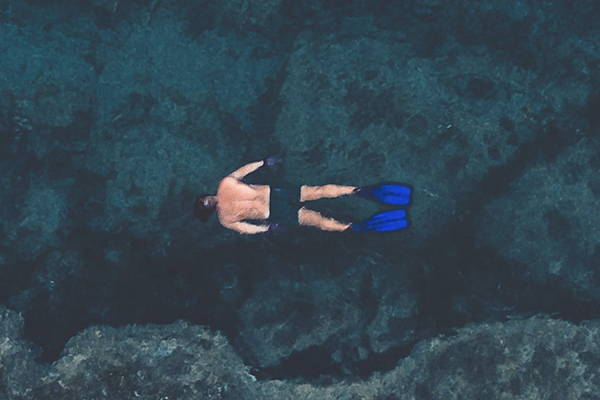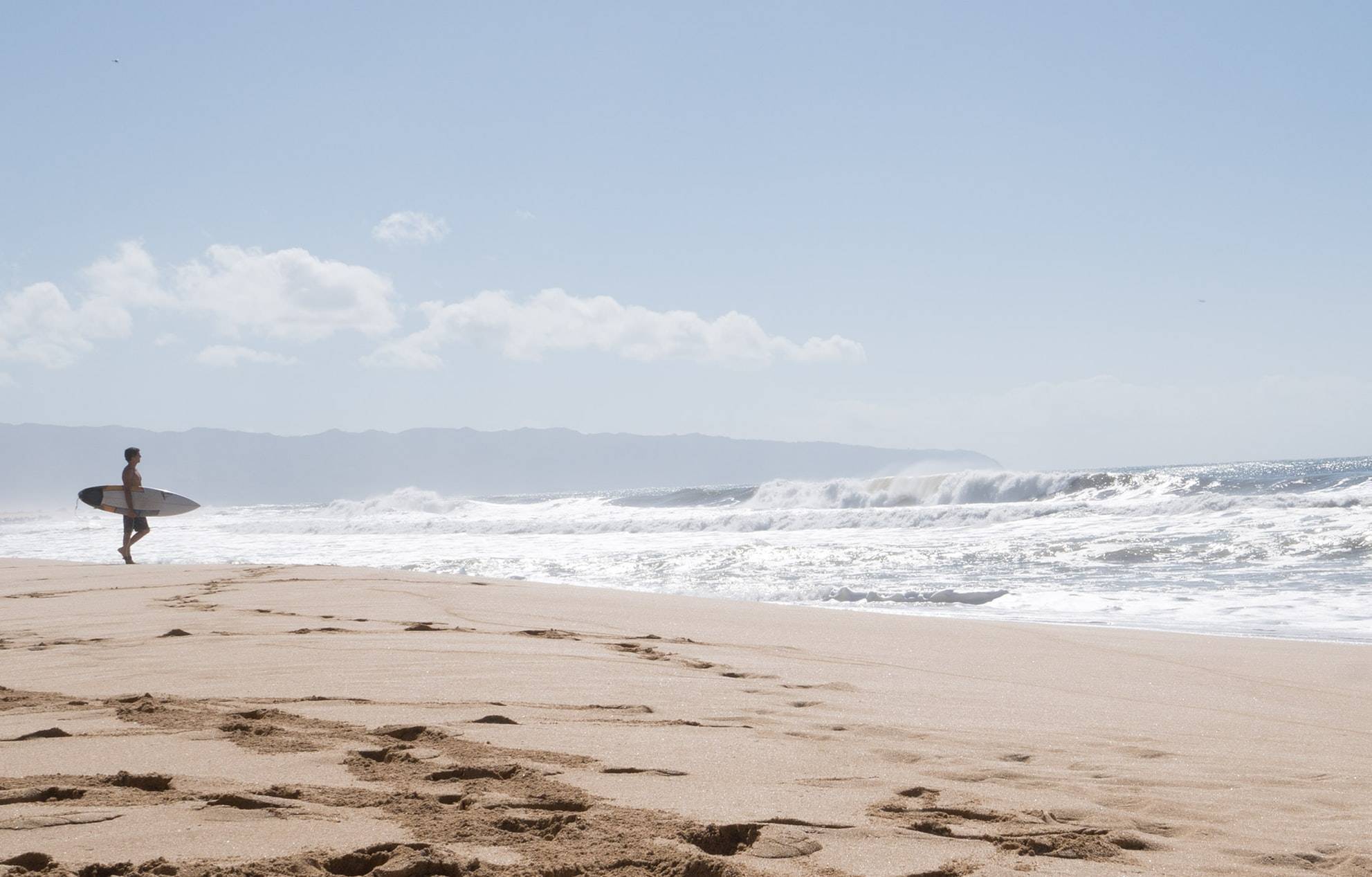By Andrew Iida l Head Writer & Resident EMT
You've probably noticed that there are a lot of different kinds of kayaks,
with a huge range of designs, features, and prices. When you're purchasing your first kayak, you probably don’t want to go for an expensive luxury model with tons of extra features, but you don’t want to buy the cheapest option and watch it fall apart after the first time on the water. We know it gets complicated, so we’ve put together a list of our recommendations for best beginner kayaks that find a balance between price and quality. Scroll down past the table for an in-depth explanation of the different types of kayaks.
|
Kayak model |
Type |
Why we like it |
How it could improve |
 |
Sun Dolphin Aruba 10 Best Sit-in Recreational For short trips on flat, calm water |
|
|
|
Ocean Kayak Frenzy Best Sit-on-top Recreational For moderate-length trips on calm water, with occasional ocean or river kayaking |
|
The seat is a little narrow. While it’s incredibly comfortable if you can fit in it, it’s not the best kayak for larger, taller kayakers. | |
 |
Ocean Kayak Malibu Two Best Tandem Recreational For couples with a small child or dog who want a relaxing day on the water |
|
Because of its size, don’t expect to go too fast or far without burning a lot of energy. It’s a perfect kayak for a family day on a lake, but it’s not going to be winning any races. |
 |
Perception Carolina 12 Best Touring For long-distance and overnight kayaking |
|
The cockpit is on the small side, so even though it has a maximum capacity of 300 lbs, it will probably feel very snug for anyone over 200 lbs. |
 |
Eddyline Whisper CL Best Tandem Touring For long-distance kayaking with a friend |
|
For quality and features, the Whisper CL is everything you want it to be. The only downside is the price tag—at $3,000, it’s not going to be most people’s first choice for an entry-level kayak. |
 |
Dagger Katana 10.4 For kayaking in a wide variety of waters and conditions |
|
|
 |
Dagger Roam 9.5 Best Sit-on-top Crossover For kayaking in a wide variety of waters and conditions |
|
|
 |
Hobie Kona Best Tandem Crossover For kayaking solo or tandem wherever there's water |
|
It doesn't track quite as well as a touring kayak that costs three times as much, but it makes up for that in its versatility |
 |
Advanced Elements AdvancedFrame Sport Best Portable Kayak For an easy to store and transport kayak that works in a variety of conditions |
|
You'll probably want to purchase an additional attachment called a "backbone", which dramatically increases the performance of the kayak. It's an extra $75, but it's well worth it. |
 |
Intex Challenger K1 Best Budget Kayak Under $100 For leisurely kayaking on flat, calm water, at the best price you'll ever find |
|
|
Glossary of Kayaking Terminology
- Bow: The forward end of the kayak
- Stern: The rear end of the kayak
- Port: The right side of the kayak
- Starboard: The left side of the kayak
- Cockpit: An opening in a sit-inside kayak where the operator sits
- Deck: The top surface of a kayak
- Rudder: A turnable fin attached to the stern, which aids in steering and tracking
- Skeg: A fin attached to the keel, which aids in tracking
- Keel: The ridge in the middle of the hull
- Hull: The bottom of the kayak. The shape of the hull is the main difference in kayak types
- Hatch: Storage compartment
- Deck lines/Deck rigging: Straps on the deck of the kayak that can be used as handles or for securing objects to the boat
- Foot Braces: Pegs to press your feet against. They can be adjustable or molded into the kayak.
- Scupper holes: Holes in a sit-on-top kayak that allow water to drain. Sit-inside kayaks do not have scupper holes, so you need to pump or bail water that gets inside.
- Bulkhead: Airtight compartments in the bow and/or stern of sit-inside kayaks that keep the boat afloat even when water enters the cockpit. Sit-on-top kayaks do not need bulkheads.
- Spray skirt: A skirt that attaches to the cockpit of a sit-inside kayak and fits snugly around the torso, which prevents water from entering the cockpit.
- Tracking: Staying on a straight line when kayaking. Long, thin touring kayaks track exceptionally well, which saves a lot of energy over long distances.

Types of kayaks
Sit-inside
As the name implies, you’ll be sitting inside of this kayak. Sit-in kayaks have a cockpit that you slide your legs into.
Benefits: Your legs will have more contact with the kayak, giving you better control. Because your legs aren’t exposed, sit-in kayaks can keep you warmer and drier, especially if you use a spray skirt.
Drawbacks: It’s more difficult to deal with a capsized sit-in kayak than a sit-on kayak. You’ll need to extricate yourself from the spray skirt and cockpit while you’re underwater before righting the kayak and climbing back inside. Sit-in kayaks don’t have scupper holes, so you’ll need to bail or pump out any water that gets inside the cockpit
Sit-on-top
Unlike sit-in kayaks, sit-on-top models do not have a cockpit, so your legs will be exposed to the air.
Benefits: It is much easier and safer to deal with a capsized sit-on-top kayak, and they are generally more stable than sit-in models.
Drawbacks: You’ll have slightly less control and maneuverability. Your legs will be exposed, so you’ll be exposed to more sun and cold water than if you used a sit-in kayak.
Recreational
These kayaks are wider and shorter than other models, which gives them exceptional stability and maneuverability. They are designed to be used in calm waters such as lakes and slow-moving rivers. Recreational kayaks can come in sit-in or sit-on-top models.
Benefits: Easy to control and hard to capsize, these kayaks are perfect for beginners. The extra width also makes them ideal for people who need extra stability, such as photographers.
Drawbacks: Because they’re shorter, they’re harder to track (keep in a straight line). This means some of the energy from paddling is wasted, so you’ll get tired faster. They’re also designed for calm waters, so if you’re going to be kayaking somewhere with waves or strong currents, you’ll struggle in a recreational kayak.
Touring
These kayaks are long and thin, and are designed for long kayaking trips. Touring kayaks typically only come in sit-in models.
Benefits: Touring kayaks are very efficient, so you’ll be able to go farther and faster than on a recreational kayak. They’re also great for sea kayaking.
Drawbacks: The length of these kayaks make them a little more difficult to turn, so they aren’t ideal for kayaking where you need to make many sharp turns. Their length also makes them more difficult to store and transport. They are often much more expensive than recreational kayaks, so they’re usually seen as an upgrade from a beginner kayak, not an entry-level boat.
Crossover
Combining elements from different types of kayaks, crossovers are the most versatile kayaks around. Crossovers are our top recommendation for a first kayak.
Benefits: They can work well in many different types of water. A crossover that combines attributes of recreational and whitewater kayaks can perform just as well on a calm lake as it does in a rough ocean. If you plan on taking your kayak to different locations like lakes, rivers, and the ocean, a crossover will save you the trouble of having to buy multiple different kayaks.
Drawbacks: Because they are not designed for a specific use, they don’t perform as well as other kayaks. If you know that you’re only going to be kayaking on a flat lake, you might want a recreational kayak instead.
Portable kayaks
Designed to be easy to carry and transport, many portable kayaks can fit into a medium-sized backpack when not in use. Portable kayaks are usually either inflatable or foldable.
Benefits: For those of us without a truck or trailer, and who don’t have the space to store a 10+ foot boat at home, portable kayaks can be the best option. Inflatable kayaks are also the cheapest option available for kayaking, so they make great entry-level boats for someone who isn’t sure if they want to make the investment in something more expensive.
Drawbacks: They’re less durable than regular kayaks, often have less features, and don’t perform as well. However, in the last decade, portable kayak technology has made huge improvements, so more and more serious kayakers are buying portable boats.
Specialty kayaks
There are also kayaks that were designed to be used for a very specific purpose. If you know that you’re going to be using the kayak primarily for fishing, you might want to invest in a fishing kayak that has built-in rod holders and pedals. There are also specialty kayaks for different types of whitewater kayaking, kayak surfing, and SCUBA diving from a kayak. They excel at one specific activity, but are generally less versatile.


